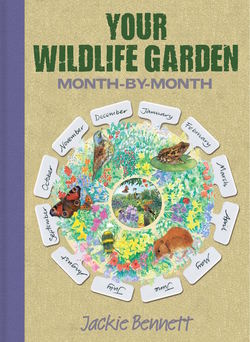Читать книгу Your Wildlife Garden - Jackie Bennett - Страница 38
На сайте Литреса книга снята с продажи.
SWEET VIOLET
(Viola odorata)
ОглавлениеA widespread native flower, the sweet-smelling violet grows naturally on banks, in copses and in hedgerows. In the garden it will adapt to any shady location, in grass under trees, under hedges or in the border. Its relative, the common dog violet (Viola riviniana) is unscented and flowers later, but is also a useful wildlife plant, supplying nectar for spring broods of butterfly.
| type | Perennial |
| flowers | Dark violet, sometimes white, late winter to mid-spring; occasionally in autumn |
| height | 10–15cm (4–6in) |
| spread | 30cm (12in) |
| planting | Plant out in early autumn or late spring, 30cm (12in) apart |
| site | Partial shade |
| soil | Any |
| care | No special care needed |
| propagation | Plants spread naturally by runners. These can be rooted in summer or the whole plant can be divided in autumn |
| varieties | A range of colours are available in the garden varieties; ‘Coeur d’Alsace’ is a rich pink and ‘Sulphurea’ is a yellow form |
| wildlife value | This is the earliest flowering of the native violets and provides nectar for flying insects and food for butterfly caterpillars, particularly the fritillary family |
SHRINKING VIOLETS The population of some species of violet is dwindling, so it is vital to buy seeds and young plants from nurseries and not to collect from the wild. The Teesdale violet (V. nepestris) is found only in Upper Teesdale and at a single site in Cumbria. Likewise, the fen violet (V. persicifolia) is confined to a few scattered locations in East Anglia
